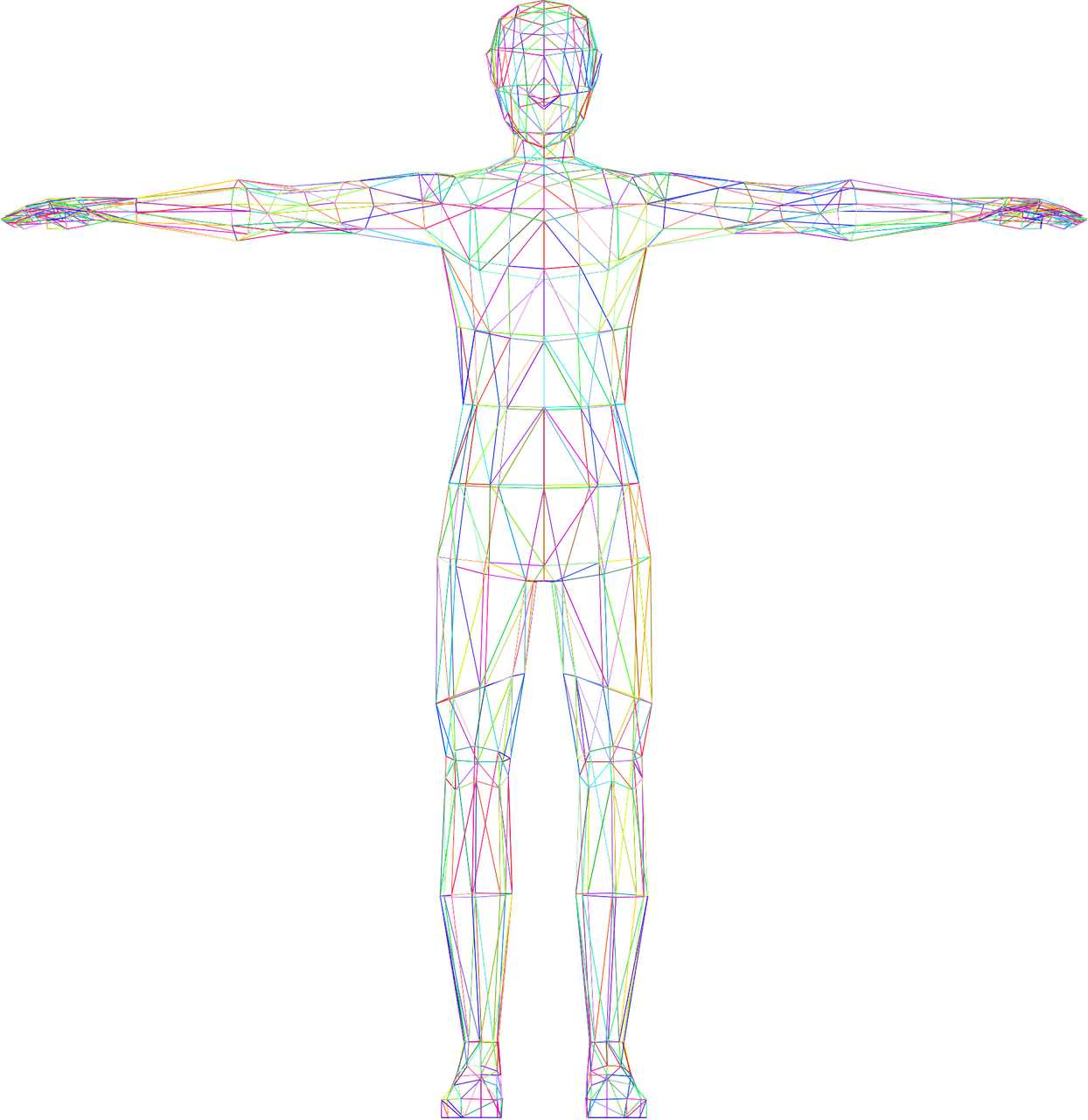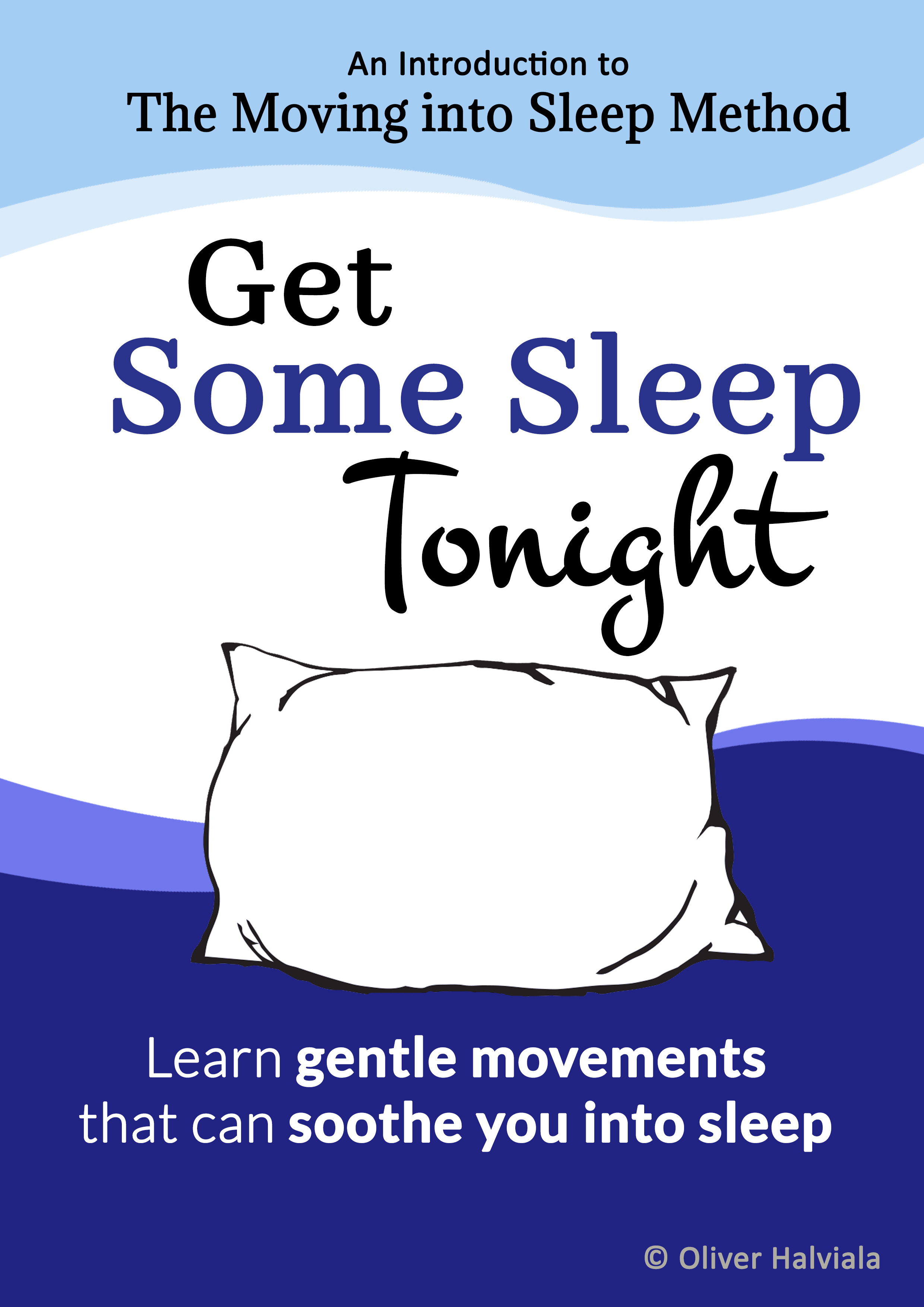HOW TO TALK WITH YOUR BRAIN?
Power of Your Body Secret Language
Understanding Proprioception, Interoception,
and Their Impact on Mood and Sleep Quality
Ever wondered how you can touch your nose with your eyes closed and how you feel hungry or know you need sleep? These seemingly different abilities highlight the power of your body's internal senses: proprioception (your awareness of body position and movement) and interoception (your sense of internal bodily states).
In this post, we'll explore how these often-overlooked senses form a powerful "secret language" that constantly communicates with your brain, facilitating everything that you do and experience. And to get a real feel of these nervous system functions, I've included a simple movement exercise that demonstrates the surprising interaction between your body movements and mood.

How Does Proprioception Work?
Simply put, proprioception is your body's internal system that tells you where your body parts are in space, how they're moving, and how much force you're using – all without you having to consciously look.
Tiny sensors called proprioceptors are located in your muscles, tendons, and joints. These sensors constantly send information to your brain about:
- Muscle length and stretch.
- Muscle tension.
- Joint angle and movement.
Your brain then processes this information to create a map of your body's position, movement, and levels of tension.
Why is it Important?
This "secret sense" is a crucial tool for everyday activities like:
Maintaining balance
Basic movement coordination (like walking)
Fine movement skills (like writing)
Knowing where you are in space
Inner body awareness (like sense of emotion or mood)
Proprioception: A Pathway to Mood Change?
Here's where it gets interesting. Our physical state and our mental state are deeply connected. Just as your mood can affect your posture (think slumped shoulders when sad), your physical actions can influence your mood. For example, even repeating a simple movement for a few times, like putting a gentle smile on your face and then relaxing your mouth, has the therapeutic power to lift your mood. In other words, this small physical action can send signals to your brain and facilitate change of your mood..
Key Takeaway
By consciously engaging your proprioceptive system, you can subtly shift your body's state, which can, in turn, impact your mind:
How to Use Proprioception?
Movement
Gentle, controlled movements like mindful walking, therapeutic jaw movements, and sleep-inducing movements, can intentionally change your mood, reduce feelings of tension and promote a sense of calm.
Grounding:
Focusing on the feeling of your feet on the ground, your buttocks against the chair, or your body against the mattress you are lying on, can enhance proprioceptive awareness and awaken a sense of improved stability and security. This can be particularly helpful when feeling anxious or stressed.
Deep Breathing:
While not solely proprioceptive, the physical act of therapeutic way of breathing is a common practice to send signals to the nervous system. Here the key is to notice and feel how the movements of your breathing interconnect with the rest of your body—and mind— therefore creating possibilities for many useful movement variations.
Adjusting Your Mood
In essence, by intentionally focusing on and adjusting your physical presence through therapeutic movement exercises combined with proprioceptive awareness, you can send positive signals to your brain, helping it to shift your mood from anxious to calm. This is especially useful when you need sleep, but your body and mind cannot let go and move into rest.
Try This: Smiling as Therapeutic Movement
This simple exercise engages the muscles of your face, sending proprioceptive feedback to your brain that can positively influence your mood. It's a mini version of an exercise from the Moving into Sleep Method "Amazing Sleep Audio Guide volume 3".
#1 Relax your face:
#2 Let your jaw muscles soften and allow your mouth to open a little.
#3 Relax your forehead and your eyes.
#4 Think of your lips.
#5 Gently, pull the corners of your mouth toward your ears, just a little.
#6 As you smile, imagine you see a lovely scenery like a sunset on a beach.
#7 Hold this gentle smile for a few seconds.
#8 Notice how you feel.
#9 Then lengthen your inhale to take some extra air into your lungs.
#10 Finally, when you exhale, release your lips and relax your mouth.
* * *
Repeat this gentle smile and release a few times (3-5 repetitions).
How did this feel? Could you notice how even a simple movement, a small, intentional shift in facial expression can lead to a subtle lift in your overall feeling. This is the power of the mind-body connection at play, influenced by the proprioceptive feedback from your facial muscles.
A Method to Get Optimal Sleep
Thanks for reading!
Wishing you the best of sleep!
Oliver


